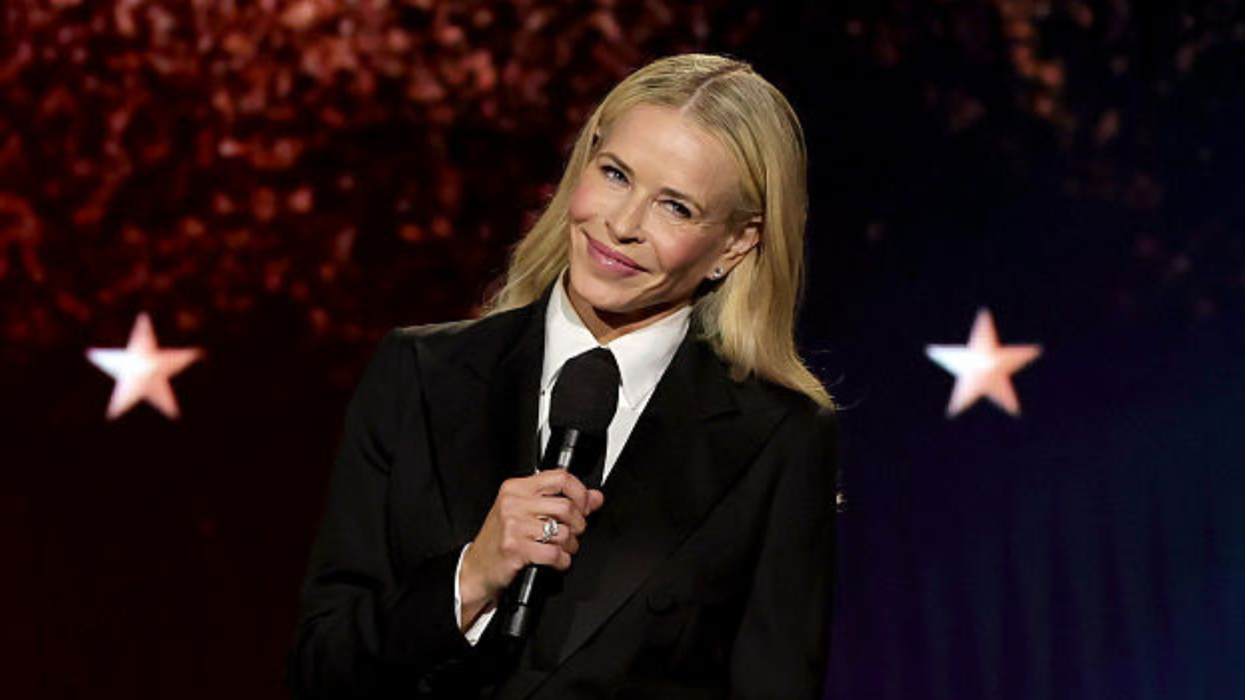Unemployment in Iowa, under 4 percent when President Donald Trump won the state in 2016, fell to 3 percent. Iowa’s Republican congressional delegation voted for the GOP tax reform bill with no protests from their constituents. After all, Iowans subtract their federal income taxes from their state income taxes, a tax bonus they share with only five other states.
But despite the favorable results for Iowans, the end-of-year Iowa Poll found President Trump garnering only 35 percent approval in the state. The poll conducted by Selzer and Company at the end of the year, showed only 34 percent of Iowans said they plan to vote Republican for Congress in 2018. Meanwhile, 61 percent said politics in general sickens them.
The disconnect between seeming economic prosperity and Iowan’s distaste for Trump baffled both parties. Why Iowa turned against Trump and Republicans after 2016 is a puzzle both parties want solved before the 2018 midterm elections.
Republicans took legislative control in Iowa in 2016. They advanced the actions they promised voters during the campaign process. Iowa's legislature pushed through tax cuts, passed labor rules requiring unions to hold fresh elections and maintained a privatized version of the Affordable Care Act’s Medicaid expansion.
Conservative groups saw it as a strong start to their Iowa agenda. They suggest polling that reflects a souring of moods towards Republicans will fade as the effect of the policies becomes apparent.
“You’ve got record consumer activity. The market is high. Job growth numbers are impressive,” said Drew Klein, Iowa director of the conservative group Americans for Prosperity.
Now, if you ask somebody, ‘Is this something you feel?,’ they might say no. But this is stuff that affects them down the line.”
Iowa, considered a swing state for decades, went drastically Republican in the 2016 election cycle. Democratic leadership speculated Iowa might never return to a position favorable to the party. Before 2016, 31 of Iowa’s 99 counties voted for Barack Obama twice. All 31 flipped in 2016 to support Donald Trump. Just 41.7 percent of Iowans supported Hillary Clinton for president in the weakest showing for a Democrat since 1980.
For the first half of 2017, Democrats viewed Iowa as a warning. White voters without college degrees wiped Democratic candidates out in the eastern part of the state where they always won strong. National groups tied Republican Representative Rod Blum to Trump, expecting a victory in a district that voted for Obama by 14 points in 2012. But Trump won and Blum, a member of the House Freedom Caucus, became a reliable voter for his agenda.
Even Barack Obama cited Iowa as the place where Democrats lost their way.
I won Iowa not because the demographics dictated that I would win Iowa. It was because I spent 87 days going to every small town and fair and fish fry and VFW hall, and there were some counties where I might have lost, but maybe I lost by 20 points instead of 50 points.”
But Iowa Democrats believe they’ve turned a corner. On January 31, the party easily held a state House seat in the first special election after Trump's inauguration. On August 8, Democrats won in a southeast Iowa district where Trump won by 21.3 points in 2016. And on December 12, while most national political attention focused on Alabama, Democrats lost a special state Senate race in red northwest Iowa by only nine points. The Senate seat, considered so safely Republican, prompted Democrats to never even put forth a candidate in 2010 or 2014.
















 @theshaderoom/Instagram
@theshaderoom/Instagram @theshaderoom/Instagram
@theshaderoom/Instagram @theshaderoom/Instagram
@theshaderoom/Instagram @theshaderoom/Instagram
@theshaderoom/Instagram @theshaderoom/Instagram
@theshaderoom/Instagram @theshaderoom/Instagram
@theshaderoom/Instagram @theshaderoom/Instagram
@theshaderoom/Instagram @theshaderoom/Instagram
@theshaderoom/Instagram @theshaderoom/Instagram
@theshaderoom/Instagram @theshaderoom/Instagram
@theshaderoom/Instagram @theshaderoom/Instagram
@theshaderoom/Instagram @theshaderoom/Instagram
@theshaderoom/Instagram @theshaderoom/Instagram
@theshaderoom/Instagram @theshaderoom/Instagram
@theshaderoom/Instagram @theshaderoom/Instagram
@theshaderoom/Instagram @theshaderoom/Instagram
@theshaderoom/Instagram @theshaderoom/Instagram
@theshaderoom/Instagram